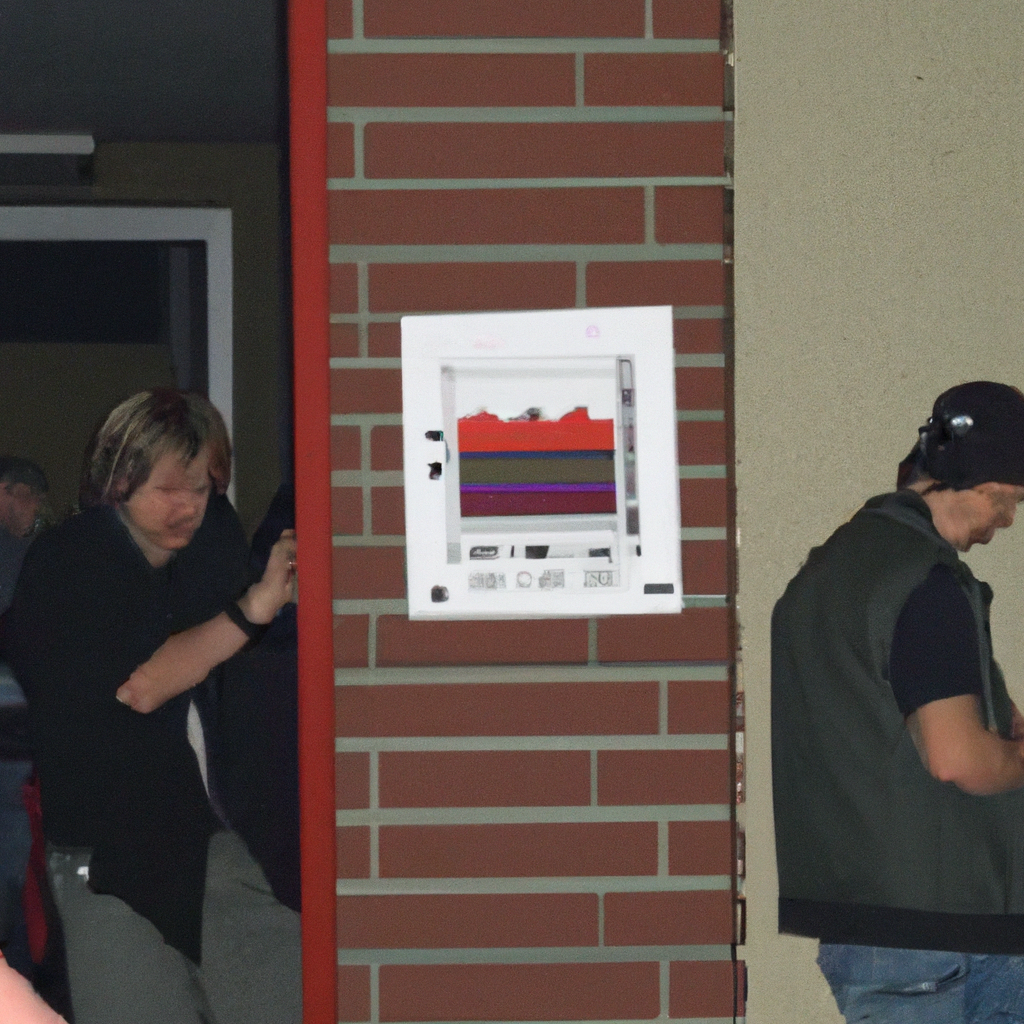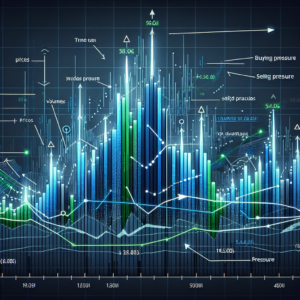
Chart Patterns Recognition Guide
Introduction
Chart patterns are an essential tool for technical analysis in the financial markets. By studying historical price movements, traders can identify patterns that may indicate future price direction. Recognizing these patterns can help traders make informed decisions and improve their trading strategies.
Types of Chart Patterns
1. Trend Reversal Patterns
Trend reversal patterns occur when the price trend changes direction, signaling a potential reversal in the market. These patterns can indicate the end of an uptrend or a downtrend, providing traders with opportunities to enter or exit positions.
- Head and Shoulders: This pattern consists of three peaks, with the middle peak (the head) being higher than the other two (the shoulders). It suggests a bullish-to-bearish trend reversal.
- Double Top/Bottom: This pattern occurs when the price reaches a resistance level twice (double top) or a support level twice (double bottom). It indicates a potential trend reversal.
- Triple Top/Bottom: Similar to the double top/bottom, this pattern has three price peaks (triple top) or valleys (triple bottom), suggesting a stronger reversal signal.
2. Continuation Patterns
Continuation patterns suggest that the prevailing trend is likely to continue after a brief consolidation period. Traders can use these patterns to anticipate the resumption of an ongoing trend and adjust their positions accordingly.
- Flag: This pattern occurs when the price consolidates in a narrow range after a sharp move. It typically represents a temporary pause before the trend continues.
- Triangle: Triangles are formed by converging trendlines, indicating a period of consolidation. They can be symmetrical, ascending, or descending, providing insights into the potential continuation of the trend.
- Pennant: Similar to flags, pennants are short-term consolidation patterns. They are characterized by converging trendlines and often lead to a continuation of the previous trend.
How to Recognize Chart Patterns
1. Identify the Key Levels
Start by identifying key levels, such as support and resistance, trendlines, or moving averages. These levels act as reference points when analyzing chart patterns.
2. Look for Pattern Formation
Observe the price movements and identify potential patterns. Pay attention to the shape, duration, and symmetry of the pattern. Use technical analysis tools, such as trendlines or moving averages, to help visualize the pattern.
3. Confirm with Volume and Indicators
Volume and technical indicators can provide additional confirmation for chart patterns. High volume during the pattern formation can validate the pattern’s significance. Similarly, indicators like the Relative Strength Index (RSI) or Moving Average Convergence Divergence (MACD) can help confirm the pattern’s strength.
4. Wait for Confirmation
Before taking any trading action based on a chart pattern, wait for confirmation. Confirmation can come in the form of a breakout, where the price moves beyond a key level, or a specific candlestick pattern that validates the chart pattern.
Conclusion
Chart patterns recognition is a valuable skill for traders to analyze and predict future price movements. By understanding different types of patterns and how to recognize them, traders can gain an edge in the financial markets and make more informed trading decisions.





